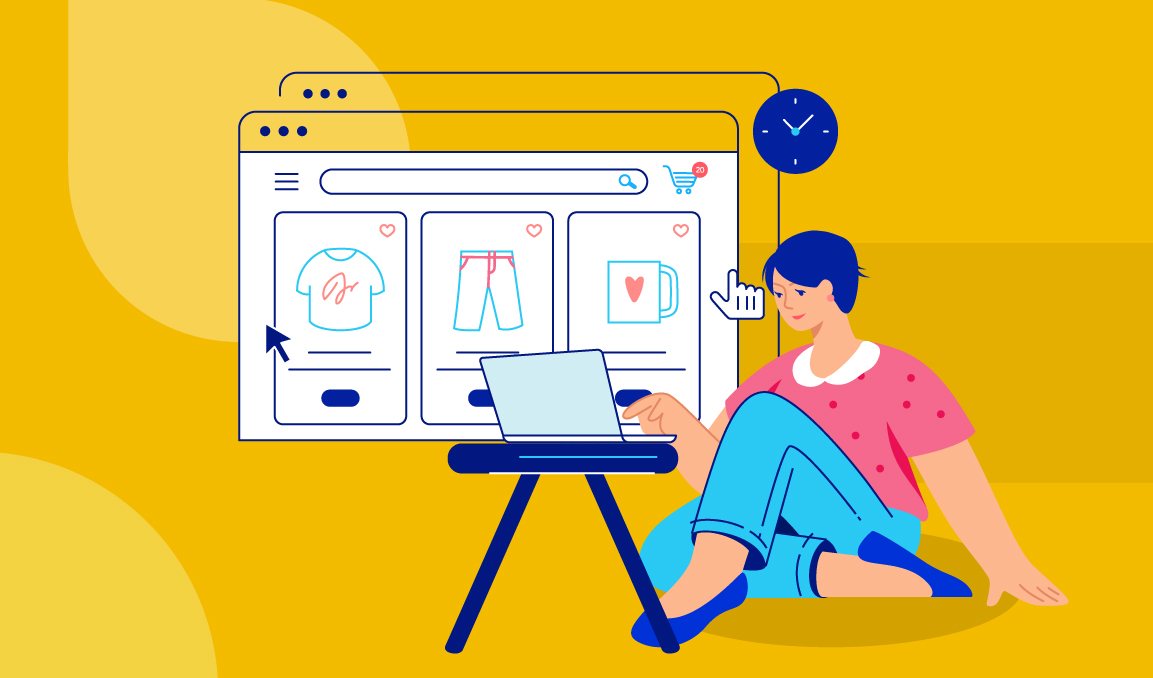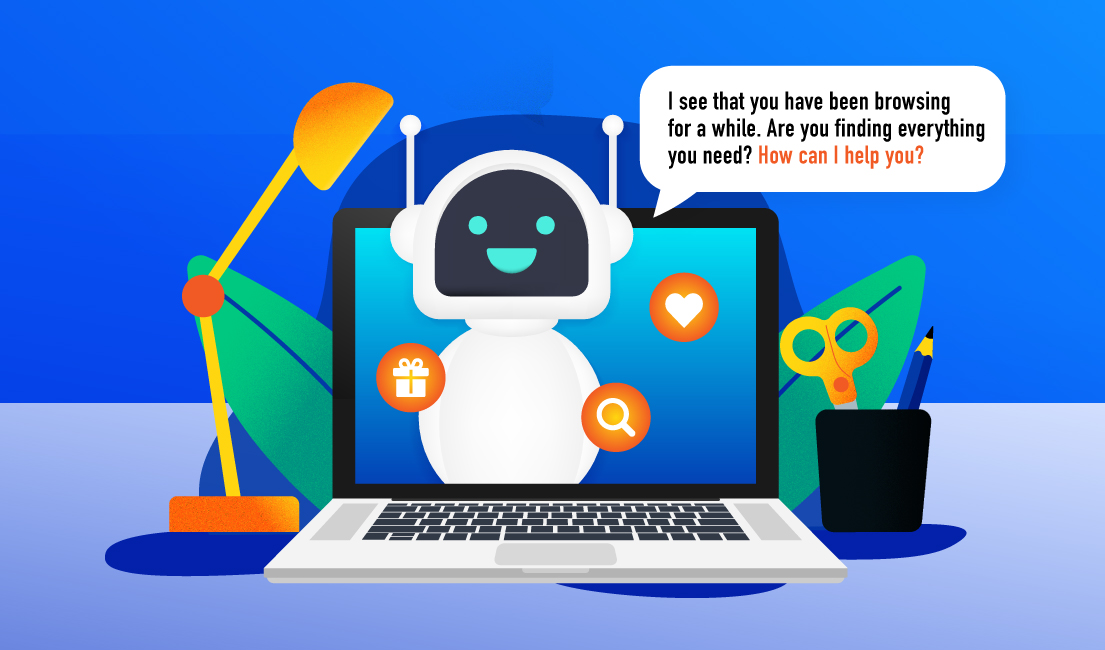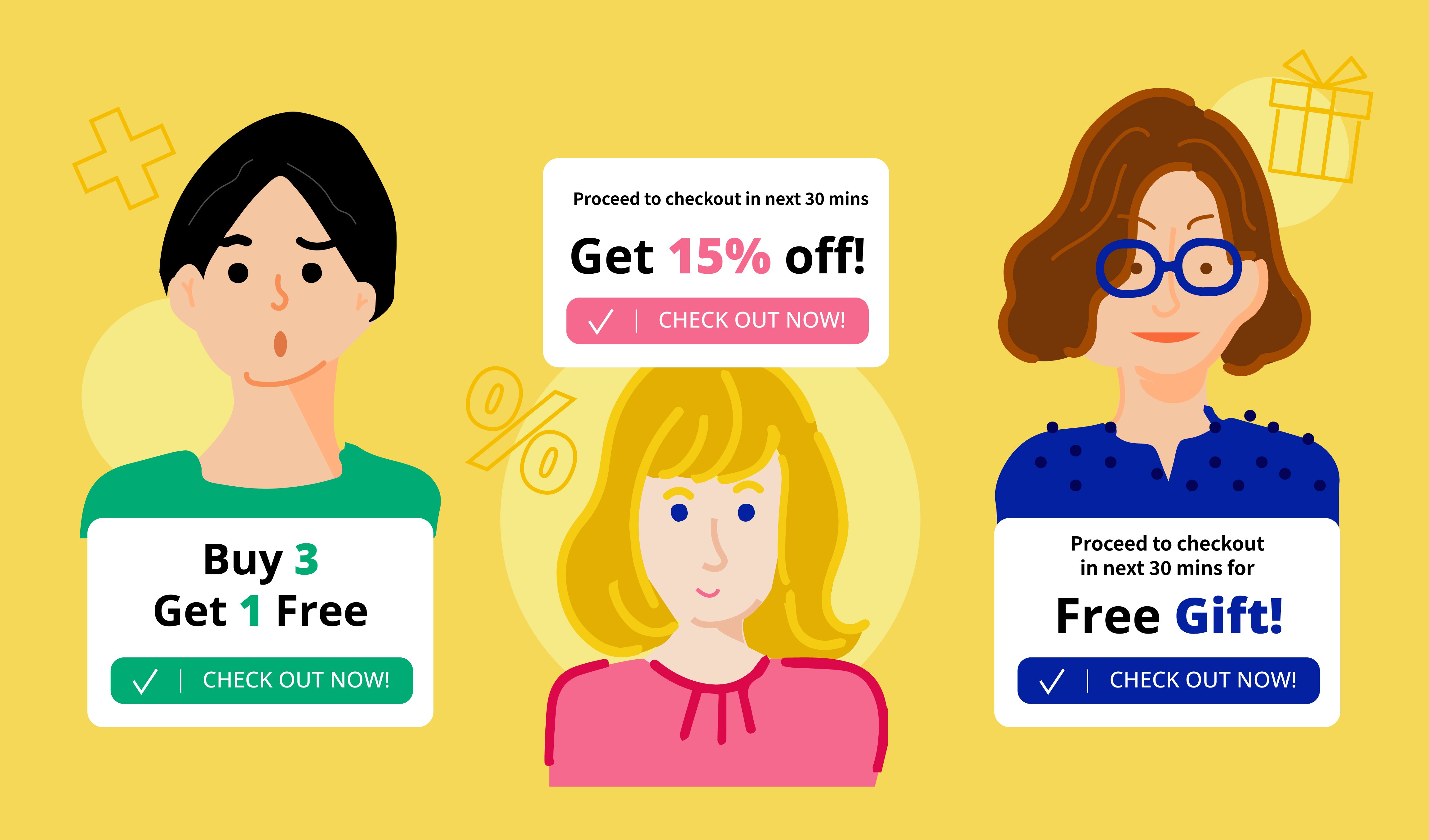3 min read
The challenge with creating personas for today’s online shoppers is the sheer number of shoppers visiting an online store on any given day. Shoppers come literally from all over the world, in all ages and with all sorts of consumer behaviors and patterns.
The resources currently available do not make this task any easier. Depending on what you read, there are anywhere from 4 to 8 most common types of online shoppers. The problem, aside from which source to trust, is that most of these targeting guides do not mention how to identify them–only what they are and how to target.
To give you a peak behind the scenes, we are looking at shoppers’ “digital body language”—the deliberate and passive actions taken while shopping—and what marketers can glean from it. Below are a few of the most common shopper actions marketers should be paying attention to in order to improve their profiling and segmentation approach.
- Session duration
How long a visitor stays on your website is the one of the most direct ways they can convey what they think about it without leaving you a comment. If they land on your website and leave within a minute, they are most likely uninterested in your content or products.
Since session duration takes into account how long a visitor is active on your website, it is a good indication of interest. Coupled with other on-site behavior, session duration can reveal who is interested in your company and what particularly has caught their eye.
- Mouse movements
You can tell a lot about a shopper from their mouse movements. If the moves are fast and deliberate, it is likely that the shopper has been on your website before. The shopper knows exactly where to go to find what they are looking for. If the moves are slow and uncertain, the shopper may be visiting your online store for the first time and figuring out where everything is.
Tracking mouse movements gives marketers an idea of how visitors move about their website, which can let you know which elements of your UX/UI design works and which need improving.
- Page scrolling
It is generally a good sign when a user scrolls down the page they are on to read more. The scrolling means they want to learn more. However, in the age of infinite scrolling, a “web-design technique that loads content continuously as the user scrolls down the page, eliminating the need for pagination,” there is more to a scroll than just interest.
Scrolling coupled with clicks can indicate a comparison shopper on an e-commerce platform that sells a lot of different products within the same category. Scrolling without any clicks could be a shopper looking to pass the time without any real aim or intent to actually purchase.
The Appier Advantage: Tracking, collecting & analyzing over 400+ attributes
Any one action or behavior alone cannot paint a complete picture of a shopper and why and how they are shopping. Similarly, assuming there are only a handful of shopper types online runs the risk of misunderstanding certain visitors to your website. At Appier, we harness the power of artificial intelligence (AI) to track, collect and analyze over 400+ attributes to derive actionable insights on what different behavior combinations say about customers and what will most likely prompt them to shop.
When it comes down to shopping, what marketers are ultimately concerned about is whether a shopper will check out or not. This is why Appier’s AiDeal solution focuses on calculating each shopper’s hesitancy level–where they are on the spectrum of buy or not buy.
By collecting 400+ digital body language attributes, AiDeal automatically calculates and assigns a hesitancy score for each shopper. If a shopper’s score hits a predetermined threshold, AIDEAL will trigger a pop-up featuring a time-limited promotion to nudge the shopper to make their purchase.
This approach bypasses the “5 shoppers you will encounter online and how to target them” approach that has been around since the mainstream adoption of online shopping. In doing so, it treats each visitor to your site first and foremost as an individual before profiling and segmenting them. This key step is what will give you an edge in marketing to your customers.
Intrigued by AiDeal? Reach out to us now to learn how to implement it for your business.



